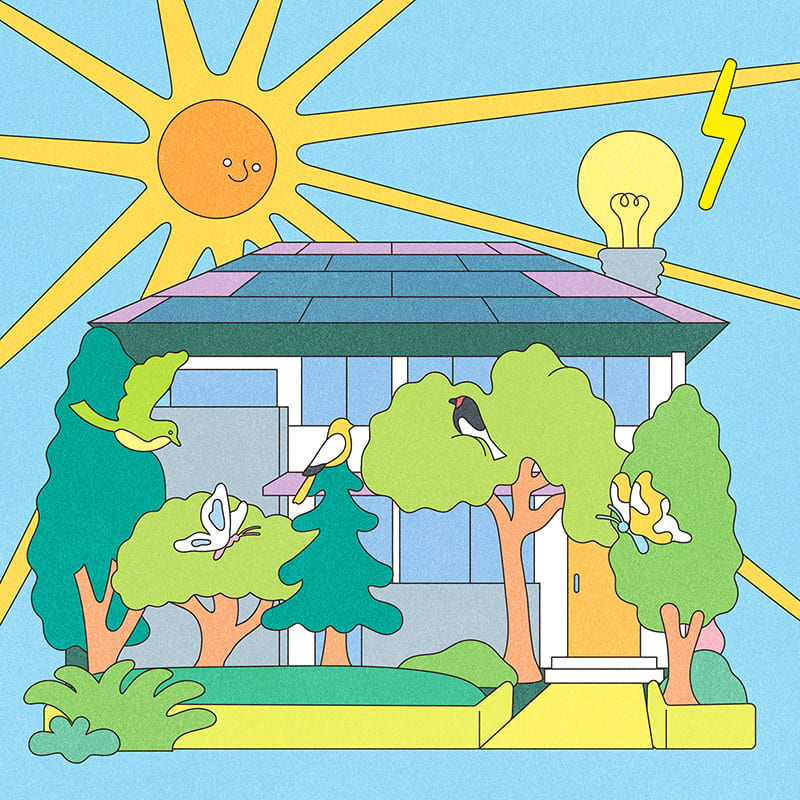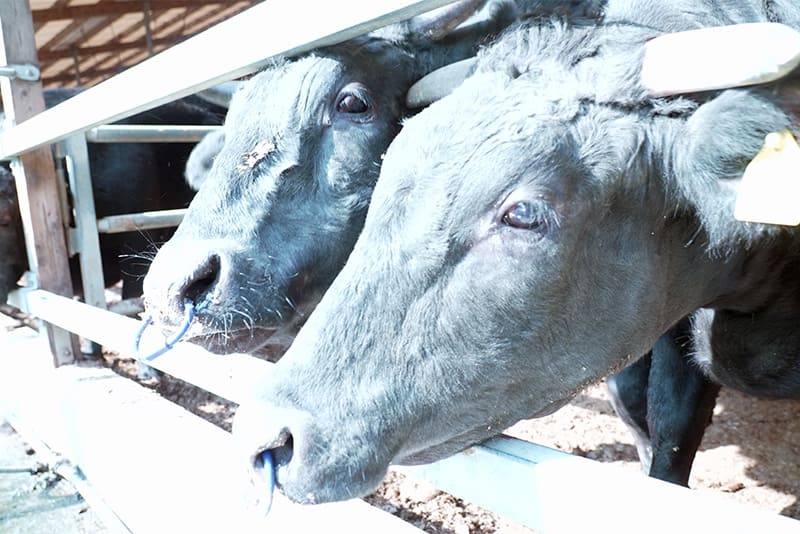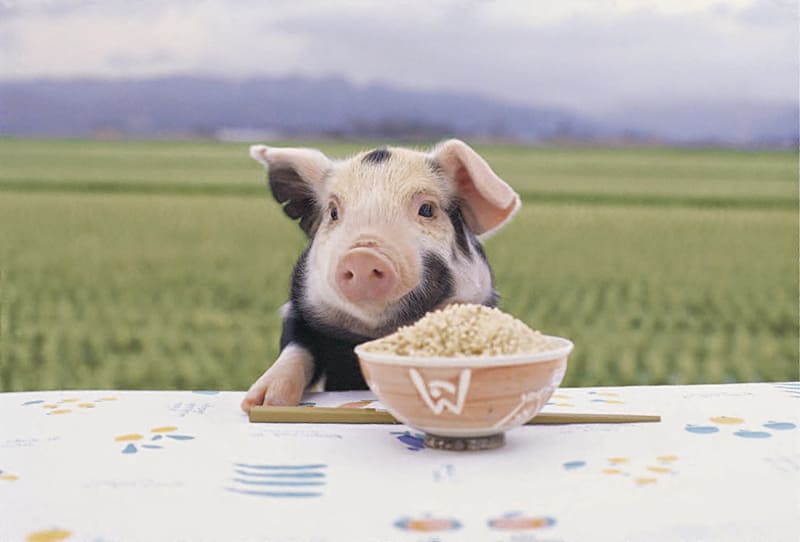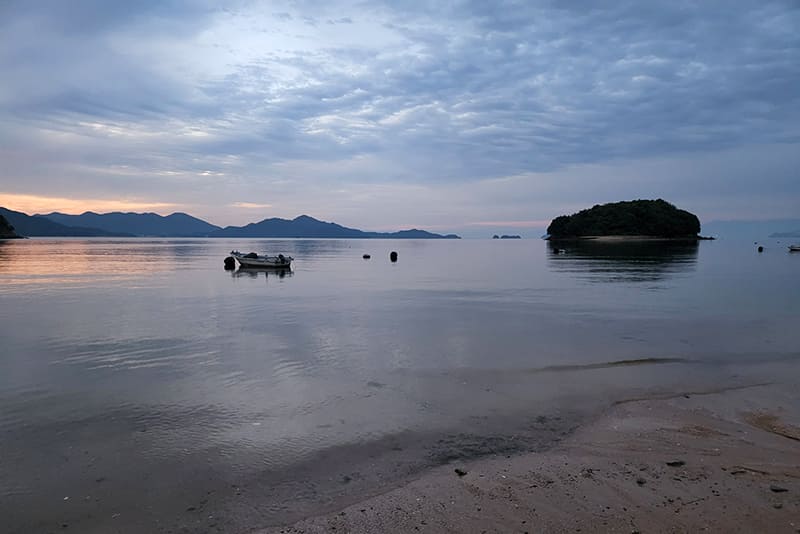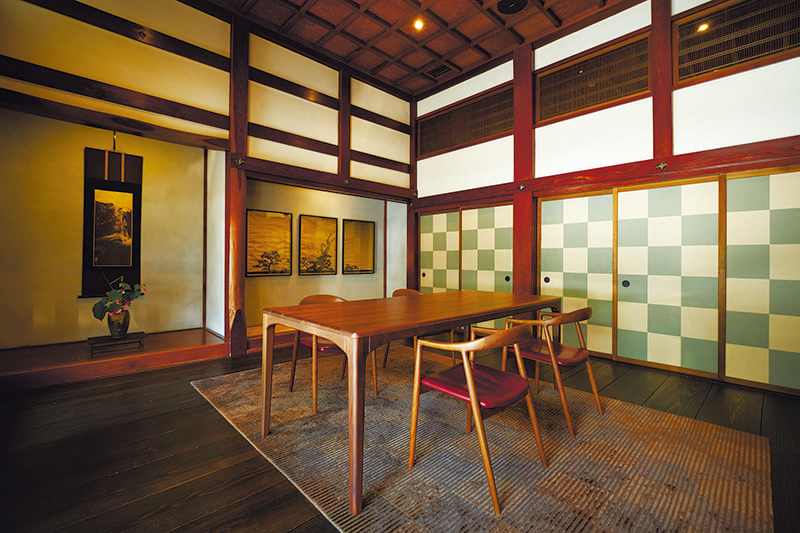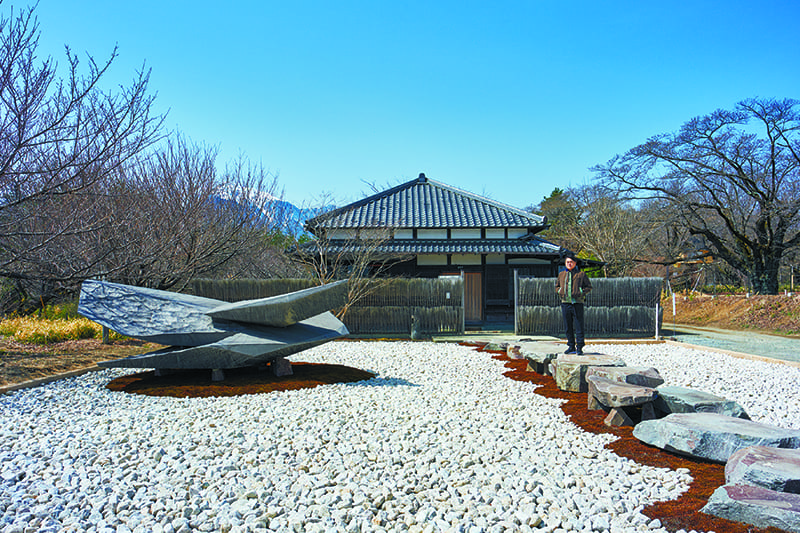October 27, 2023
How one resident of Setagaya in Tokyo is coping with climate change, future food and energy crises
SATOYAMA CAPITALISM 2024 VOL.1
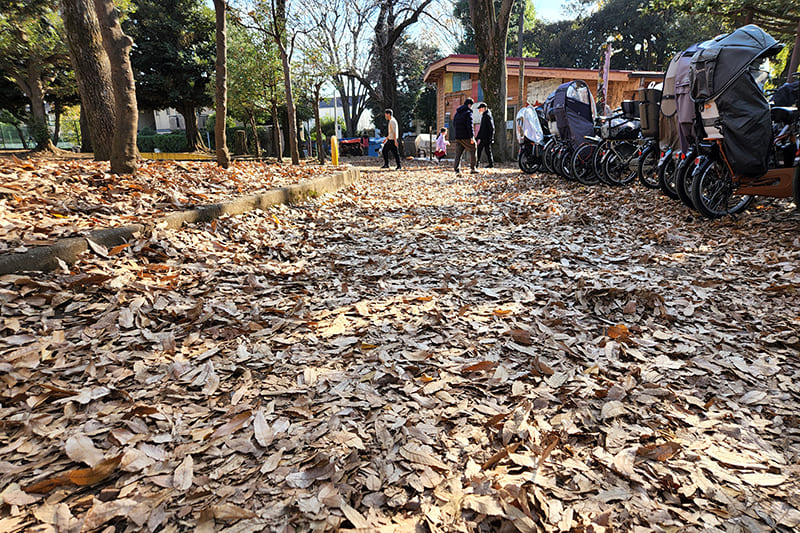
PHOTOS: KYOSUKE INOUE
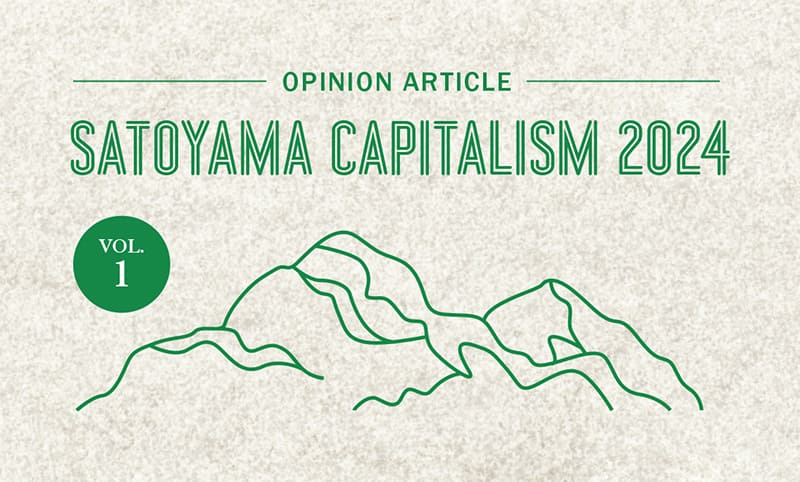
“Satoyama capitalism” is a popular phrase I created 10 years ago as part of a popular NHK program that I produced called “Money Capitalism,” about the financial crisis of 2008 that plunged the global economy into an abyss.
Japanese people were questioning Abenomics and the Bank of Japan’s unconventional monetary easing policy as a solution to stagnant growth. Citizens both rural and urban bought 400,000 copies of a book I wrote, “Satoyama Capitalism,” which won the New Book Award. Readers unsatisfied at work or with the fruits of their labor looked to my book for answers and a new way to live.
At that time, people saw the rural upland satoyama lifestyle as a modest and thoughtful option — living in harmony with nature, taking advantage of the depopulation of the countryside. People were impressed by the idea of cooking rice with energy from fallen leaves and dead branches. Ten years later, NHK now broadcasts a weekly program called “Moving to the Countryside.” People of various generations have emigrated from the city to the countryside, facing challenges but gaining new views on life and living. A different way to live, rooted in nature and traditional small-scale farming, resonates with many viewers.
Satoyama capitalism in 2023 is perfectly suited to city life at a time when global inflation and the devaluation of the yen have pushed up prices of food and energy. I am building a form of satoyama capitalism at home to show it can be done even in the middle of Tokyo. I am remodeling my home with a little backyard to create an experimental ground for pioneering the future.
The first step to realizing a satoyama lifestyle is to cook rice in an old-fashioned iron kettle on an eco-stove. The fuel for the fire is branches, fallen leaves and pine cones picked up at nearby parks and shrines, and thus our energy bill is almost zero. Cook a lot at once, wrap small portions and freeze — it is considerably more energy-efficient than regular electric rice cookers.
People often ask me if it is OK to pick up fallen branches and leaves in a public park. They are persuaded when I tell them that if the park maintenance people picked them up, they would go straight to an incinerator. People also ask me if I get complaints from my neighbors or the fire department for having a stove in the backyard. Well, people buy charcoal and firewood for barbecues. People already practice using eco-stoves in many neighborhoods throughout Japan as part of preparations for natural disasters. The times have changed since the days when children would sing the nursery rhyme “Roasted sweet potatoes over a bonfire of fallen leaves collected at the corner of a fence.” The only risk I can think of is a bonfire might damage the asphalt of a road — but then again, the city government is always digging up roads to replace water and gas pipes.
In our small garden, there are olive trees bearing fruit, little dekopon orange trees that grew from seeds my son buried, scattered herbs, including green shiso and basil, strawberries and Japanese pepper, mugwort harvested from the riverbed near my parents’ house in Kyoto, and arugula sold whole with roots at the supermarket. Our garden turned out to be a fairly diverse, healthy vegetable garden.
I adapted no-till farming from masters of organic pesticide-free farming in Onomichi and Mukaishima, a city and island in Hiroshima. I read David Montgomery’s “The Hidden Half of Nature,” which explains the theory of no-tillage cultivation. Various kinds of vegetables make up for each other’s weaknesses, and nameless insects and microorganisms are very active. With no agricultural maintenance or plowing, it took only half a year to reach a state in which there were no diseases or insect damage, and almost no weeds.
I also started keeping quail in the house. I bought fertilized eggs and kept them in an incubator, paying close attention to the temperature and humidity for 18 days, whereupon a chick about 3 centimeters long was born. Satoyama friends taught me how to not let my chick die — a thing I did not learn from YouTube quail keepers. Five chicks were successfully born in the next attempt at hatching and grew well. They have successfully laid eggs, and I’m now enjoying small but rich raw quail eggs over rice.
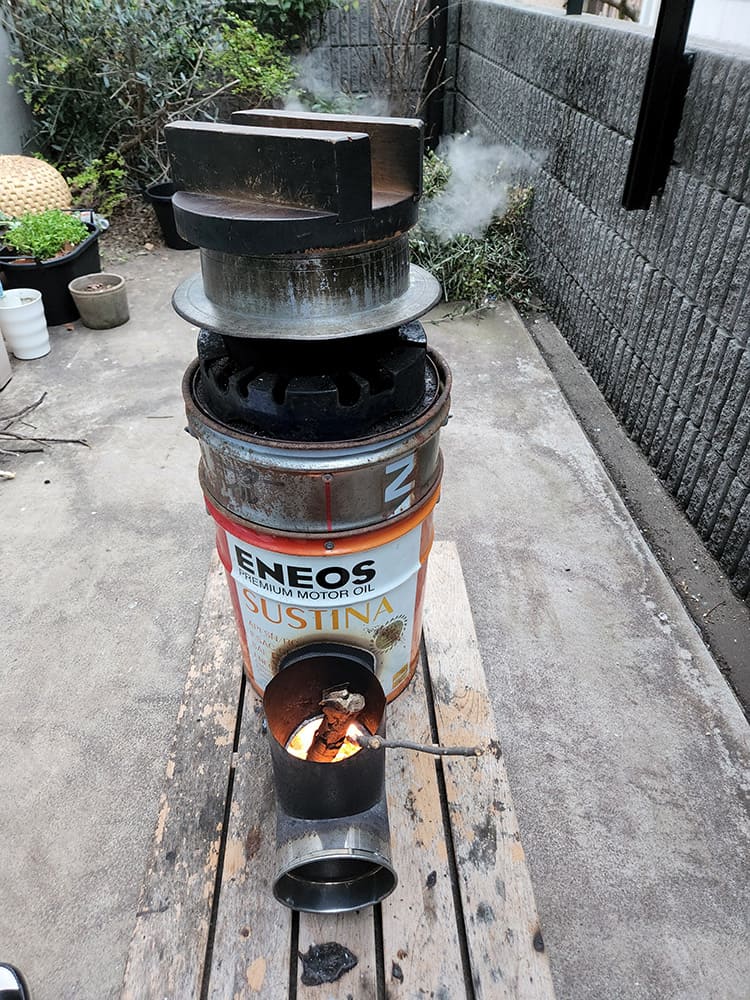
When I talk about this successful experience of satoyama capitalism in the city, people who consider themselves city people usually give me a hard time or treat me as a weirdo. But experts on satoyama capitalism living in the countryside whom I have come to know through my interviews are intrigued and often say, “You can do it in the city, too! I want to see it!”
Why do I get such contrasting reactions? As I strolled around Setagaya, it occurred to me that the root cause was ways of thinking. Plum, persimmon and yuzu citrus trees are bearing fruit here and there in my area, but no one is harvesting and eating them. We urban consumers assume that buying everything we eat is better. We seem to be at the “end of rational behavior” amid extreme societal segmentation and division.
We need a small revolution to escape this status quo. We need to be nimble and flexible to survive the coming climate, food and energy crises. To achieve that, I can be a little eccentric — and perhaps we can be a little eccentric together.
KYOSUKE INOUE
Writer and TV director. Born in 1964, Inoue joined NHK in 1987 after graduating from the University of Tokyo. For over 30 years, he produced “NHK Special” and other documentaries and authored books. He currently is an adviser to the Sustainable Japan Network, a project of The Japan Times. The series Satoyama Capitalism 2024 will introduce readers to people who live by values other than “money first,” whom he has been covering for many years.
「里山資本主義」を東京・世田谷で実践する。
1987年のNHK入局後、30年以上に渡り、ドキュメンタリーを中心に番組制作に関わってきたテレビディレクター/作家の井上恭介による全6回の連載コラムの第一回目。 初回は「里山資本主義」という造語を編み出した井上が、自ら東京・世田谷での暮らしで実践している、ささやかな里山資本主義を紹介する。
「自宅マンションで“エコストーブでのご飯炊き“を日常的に続けている。燃料は近くの公園や神社などで拾ってくる枝や落ち葉。それを火にくべ、昔ながらの羽釜で炊く。公共の公園などで拾っていいのか、と質問されるが、公園清掃では落ち葉は焼却場直行となるので、燃料として利用されるなら問題なし」と言う。
自宅周辺を散歩するうちに井上は、住宅街になる梅、柿、柚子などの実が、採って食べられている気配がないことに気づく。「都会の消費者は“食べるものはすべて買う”と思い込んでいる。その考え方から抜け出す思考や行動が、物価が高騰し、気候変動に翻弄される時代を生き抜く「小さな革命」ではないか」と語る。
Return to Sustainable Japan Magazine Vol. 29 article list page

